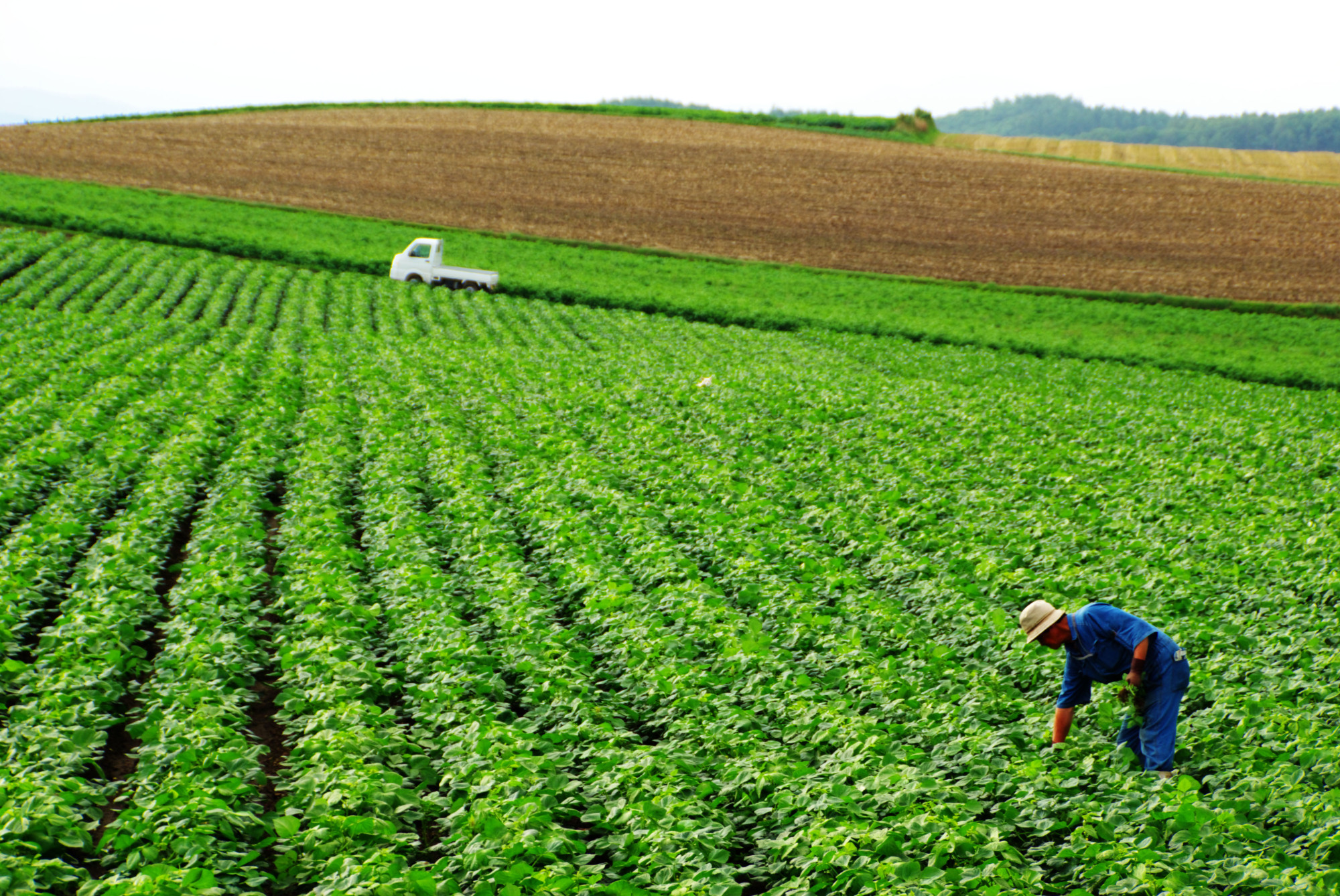The ruling coalition led by the Liberal Democratic Party emerged victorious in the July 21 Upper House election, winning 71 seats to capture a majority of the seats contested, against the 53 seats won by opposition parties. Of the 74 electoral districts nationwide, competition between the ruling and opposition camps was the most heated in 32 constituencies that each elects a single winner in the triennial election.
The LDP spent campaign resources intensively on the races in the Tohoku region — where it ended up winning in only one constituency and losing out to the opposition in five others. The three main opposition parties tried to maximize their wins over the ruling alliance by fielding common candidates in all 32 districts there. In the end, the ruling coalition won 22 districts and lost 10 — not much different from their 21 wins and 11 losses in the last 2016 election. In the Tohoku region and Niigata Prefecture combined, the ruling parties won two districts and lost five — the same performance as three years ago.
The results may come as a surprise to Japanese people. Niigata and Tohoku are agricultural regions, where farming, in particular rice farming, occupies a key position in their economy and society. In the past, these prefectures were deemed LDP strongholds.



















With your current subscription plan you can comment on stories. However, before writing your first comment, please create a display name in the Profile section of your subscriber account page.